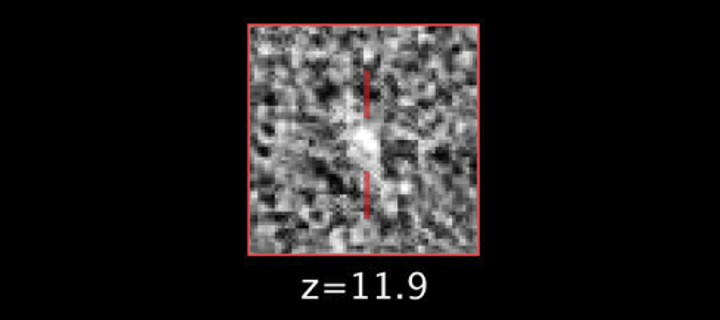Astronomical ambitions
Alumnus Jim Dunlop and his career investigating the beginnings of our complex universe.

At an altitude of 146m, the view of the city from the Royal Observatory on Blackford Hill is a delightful one. It’s a real treat for the people who work on the site, which is around 200 if you combine the Institute for Astronomy, part of the School of Physics and Astronomy, with the UK Astronomical Technology Centre.
One of the lucky 200 is current Head of the Institute for Astronomy and Professor of Extragalactic Astronomy, Jim Dunlop, who was first drawn here as a PhD student in 1984.
While his undergraduate studies in Physics at the University of Dundee did not contain any astronomy or astrophysics courses, the young researcher was inspired to move into the field after reading a book on 'High Energy Astrophysics' by Malcolm Longair, the then Astronomer Royal for Scotland, Regius Professor of Astronomy at Edinburgh and Director of the Royal Observatory.
I suspect that only those who visit the Observatory at the Open Days each September realise how much goes on within the walls of this Edinburgh landmark.
Expanding the team
Since Jim’s return to Edinburgh as a member of staff in 1995, the Institute for Astronomy has grown from 5 to 16 permanent staff, with current postdoctoral researchers and PhD students totalling over 60.
Over the same period, there have been major advances in observational astronomy, allowing for a range of techniques to be used to reveal more about the formation of the earliest stars and galaxies, which is one focus of Jim’s research.
I am proud to have played a part in this expansion, whilst at the same time (I believe) maintaining the very highest quality. There is no doubt that the University of Edinburgh now hosts one of the premier astronomy and cosmology groups in the world.
Investigations at the frontier
But how does one investigate the cosmic history of star formation? One method is to look back in time. As the speed of light is finite, by observing galaxies at greater distances with the help of images taken over very long exposures, astronomers can see them as they were billions of years ago.
Jim and fellow Professor Ross McClure presented one such image in a BBC Horizon documentary on the Cosmic Dawn. Directing the Hubble Space Telescope at the same patch of sky over 650 orbits - constituting 500 hours of exposure - resulted in one of the deepest images of the night sky yet. It showed galaxies at around 500 million years after the big bang, which is the current observational frontier.

Distant sights
Astronomers study the distant universe in near-infrared light because the expansion of space stretches ultraviolet and visible light from galaxies into infrared wavelengths, a phenomenon called redshift.
The more distant a galaxy, the higher its redshift. With a redshift of z = 11.9, the galaxy shown in the figure is the most distant object in the Universe found to date.
Presenting this fascinating work to the wider public is something that Jim enjoys and hopes to expand on. And with that, many more people will discover how much work is going on within the walls of the Royal Observatory.
Related links
Jim Dunlop’s staff profile page
The Royal Observatory Edinburgh
Images of the earliest galaxies (external site)

